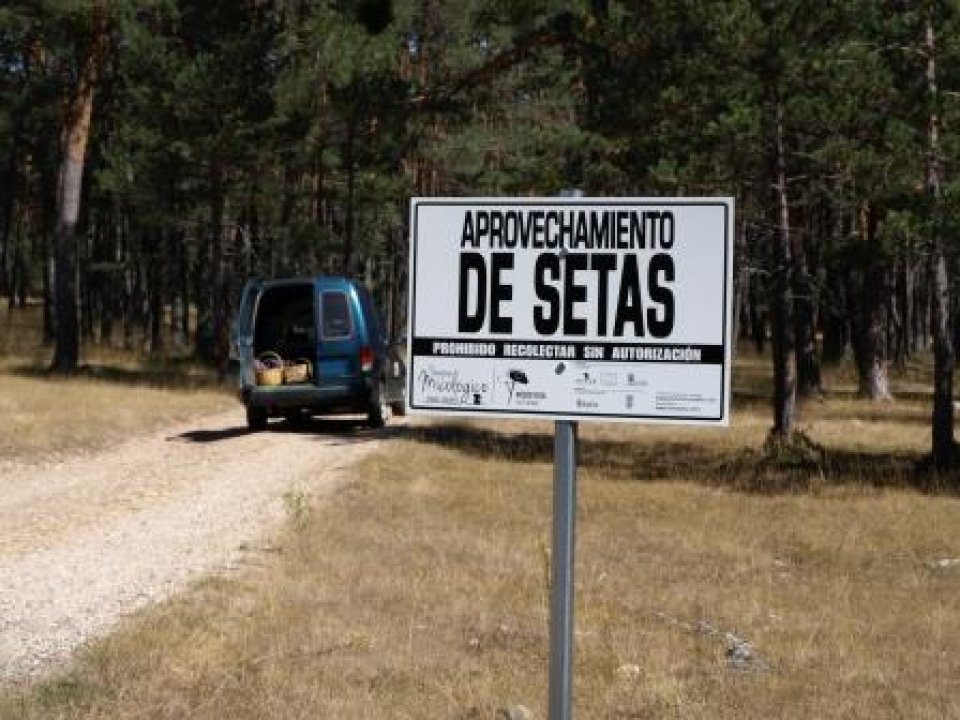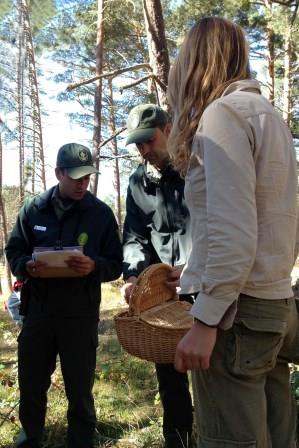
The main objective is the implementation of a management system for the regulation of the mycological harvesting at a regional level, in order to generate, through the mycological resource, a way of rural and local development, by promoting mycological tourism and to encourage an ordered, sustainable and compatible activity with the rest of the uses and forest harvesting.
This management system is based on the sale of picking permits of different modalities and durations, with prices that vary according to classes of permits, between 3 and 300 Euros. It also adapts to current regulations, reflected in DECREE 31/2017, of October 5, which regulates the wild mycological resource in Castilla y León.
The wild mushroom collection activity is currently carried out by a large number of collectors (over half a million people in Castile and Leon), with different particular interests, commercial, recreational, educational, scientific ... The compatibility of this activity with the legitimate interests of the owner of the resource (in many cases public entities such as municipalities) justifies an integrated and sustainable management of the activity and that it will bring economic benefits to the owners.
The management model for the regulation of mycological use has managed to bring together in a common system more than 250 forest owners, which represent more than 400,000 ha in eight of the nine provinces of Castilla y León. The project provides owners with economic benefits derived from the sale of permits, which in many cases are invested in improving the management, research and promotion system. The size of the system provides a better distribution of management costs, which allows for greater profitability in the use of the land.
The main practical recommendations are:
The integration into the forest owners system, which have a significant weight in the productive forest area and whose priority is the hunting.
The creation of a management system, to make the collection of wild mushrooms compatible with hunting.
To generate agile systems of coordination and decision making, in which besides the property are integrated the public entities involved in the exploitation, surveillance and commercialization of wild mushrooms.
To promote associations among collectors, prioritizing the professionalization of the commercial collector.
Establish criteria to achieve compatibility between the different interests of the collection activity: recreational, commercial, educational and scientific. Involve the marketing sector in the management of the resource, with the possibility of establishing mixed use systems with reserved areas for only commercial use and recreational areas with public access to the harvest.
To include in the resources management the different types of existing certifications, that can increase the value of the marketed product, both in the forest area: FSC, PEFC... or ecological certifications. Integrate criteria into the systems that allow a more balanced relationship between the price of the harvest permit and the value of the harvested product.
José Miguel Altelarrea Martínez, jsoemiguel.altelarrea@cesefor.com, https//www.micocyl.es
Further information
Manual para la gestión del recurso micológico forestal en Castilla y León. https://medioambiente.jcyl.es/web/jcyl/MedioAmbiente/es/Plantilla100Deta... https://www.micocyl.es
Identification signs in areas of regulated use

Control of mushroom picking activity in regulated areas. Source: CESEFOR
